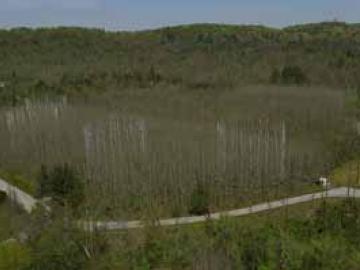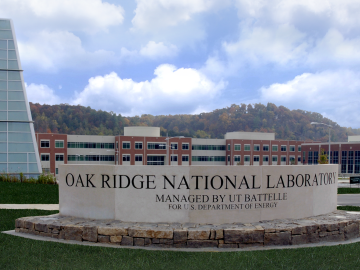
Filter News
Area of Research
- Biology and Soft Matter (1)
- Chemical and Engineering Materials (2)
- Chemistry and Physics at Interfaces (3)
- Clean Energy (14)
- Computational Chemistry (1)
- Energy Frontier Research Centers (3)
- Functional Materials for Energy (3)
- Fusion Energy (1)
- Geographic Information Science and Technology (1)
- Materials (13)
- Materials Synthesis from Atoms to Systems (3)
- Materials Under Extremes (3)
- Neutron Data Analysis and Visualization (2)
- Neutron Science (7)
- Nuclear Science and Technology (3)
- Quantum Condensed Matter (1)
- Supercomputing (12)
News Type
Date
Media Contacts

Tomorrow’s clothes dryers could use high-frequency mechanical vibrations instead of heat to extract moisture as a cold mist, dramatically reducing drying time and energy use. Oak Ridge National Laboratory and GE Appliances researchers are developing a prototype that uses ultrasonic tr...





Run-2 for the Large Hadron Collider (LHC)—the world’s largest and most powerful particle collider—began April 5 at CERN, the European Laboratory for Nuclear Research. In preparation, Thomas M. Cormier, who leads the LHC Heavy Ion group at Oak Ridge National Laboratory, led an upgrade of the electromagnetic calorimeter used for LHC’s experiment called ALICE (for A Large Ion Collider Experiment).




From the bluebird painting propped against her office wall and the deer she mentions seeing outside her office window, Linda Lewis might be mistaken for a wildlife biologist at first glance. But rather than trailing animal tracks, Lewis, a researcher at the Department of Energy’s Oak Ridge National Laboratory, is more interested in marks left behind by humans.


